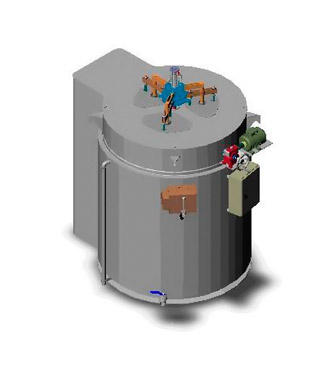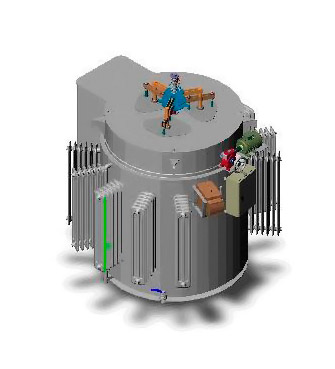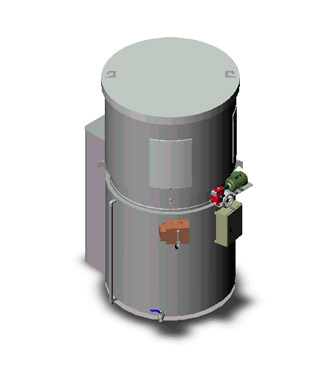CHOOSING A SUITABLE RHEOSTAT :
Choosing a electric starterTo choose a suitable rheostat for getting a soft start of an electric motor, it must be taken into account the following:
1. The engine power must be less powerful than the maximum starting power indicated on the rheostat. This is directly related to the volume of water. The more water the rheostat contains, the more heat it can absorb.
2. It is not allowed to connect the rehostat to a voltage greater than its especs. For rotóric motors, the rheostat is connected to the rotor, so it is sufficient that the rotor voltage be less than the voltage indicated on the rehostat. This point is related to the level of electrical insulation and geometric distances of the rheostat.
3. The continuous current flowing through the rheostat shorting contactor must be less than the one indicated in the contactor technical specifications for the implementation of booting with rotor resistors. It must be taken into account that the rotor current is usually higher than the stator current.
4. It is important to know the engine application that starts the motor, ie, if you boot a mill, a fan, mill, pump or other machine. According to them, different motor torques are needed and the heat generated at every boot changes.
5. Also it is important to know the number of times it is need to start the engine a day. The more number of starts be necessary, the better cooling could be needed, so that the rheostat be ready for a new start. Therefore it is also necessary to know the work climate where the rheostat will run.
6. Finally, we must take into account any specification that the end customer wants, as the level of enclosure, color, control, …




